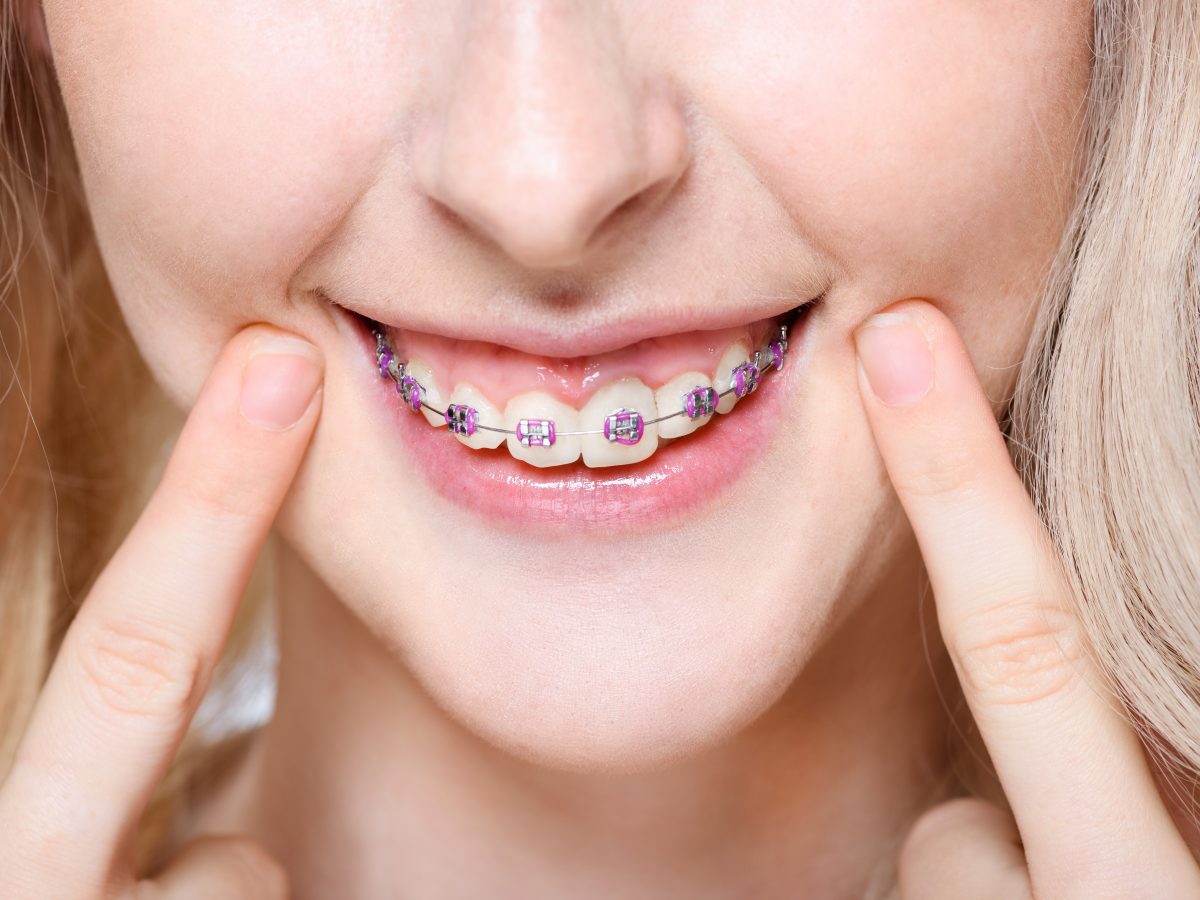Discovering the Right Cumming Orthodontist for Your Braces and Aligners Requirements
Comprehensive Guide to Orthodontics Treatments for Correcting Oral Imbalances
In the world of orthodontics, the journey to attaining a perfectly straightened smile entails a myriad of treatments tailored to deal with oral imbalances. From traditional dental braces to invisible aligners and even medical options, the field of orthodontics uses a variety of options to attend to varying levels of oral abnormalities. Understanding the details of each treatment, including their mechanisms, benefits, and potential drawbacks, is crucial in making informed choices regarding one's orthodontic treatment. As we browse via the detailed overview to orthodontic procedures for dealing with oral imbalances, the detailed information of each method will unfold, clarifying the path towards a useful and harmonious oral alignment.
Orthodontic Procedures Review

Normal adjustments and monitoring are important components of orthodontic therapy to make sure progression is on track and to make any essential adjustments along the method. By undertaking orthodontic procedures, patients can not just achieve a straighter grin but likewise boost their total dental health and wellness and feature.
Conventional Dental Braces: Exactly How They Work
When taking into consideration orthodontic treatments for dental misalignments, traditional braces attract attention as a time-tested approach for dealing with teeth placing. Conventional dental braces contain brackets, cords, and bands that function together to use continual stress on the teeth, progressively moving them right into the preferred positioning. The braces are connected to the teeth using an unique adhesive, and the cables are threaded via the brackets. By adjusting the stress of the cables, orthodontists can regulate the direction and pressure related to each tooth, assisting them right into proper placement in time.
As stress is applied to the teeth through the dental braces, the bone surrounding the teeth is reshaped to support the brand-new tooth placements. Individuals will certainly need routine changes at the orthodontist's workplace to make certain the dental braces continue to apply the appropriate stress for reliable teeth activity.
Undetectable Aligners: Cons and pros
These clear, tailor-made trays are essentially invisible when worn, making them an appealing alternative for individuals looking for a more aesthetically pleasing orthodontic therapy. Clients can get rid of the aligners prior to consuming or cleaning their teeth, decreasing the risk of food obtaining stuck in the appliance and streamlining the cleaning procedure.

Surgical Orthodontic Options
Surgical interventions in orthodontics existing feasible alternatives for attending to intricate oral misalignments that might not be properly resolved through conventional orthodontic therapies. While invisible aligners and typical braces can next page correct lots of orthodontic issues, certain instances require medical treatment to accomplish optimal results. Surgical orthodontic alternatives are commonly recommended for severe malocclusions, considerable jaw discrepancies, and cases where the underlying bone structure requires adjustment to attain proper placement.
One typical medical orthodontic procedure is orthognathic surgical procedure, which involves repositioning the jaws to deal with practical problems such as difficulty talking or eating. This surgical procedure is usually done in partnership with an orthodontist who helps line up the teeth before and after the procedure. Surgical orthodontics may also include treatments to reveal impacted teeth, eliminate excess periodontal cells, or reshape the jawbone to develop an extra unified face account.
Before considering medical orthodontic options, people go through a thorough assessment to identify the need and prospective advantages of such interventions. cumming aligners. While surgical treatment might appear complicated, it can considerably improve both the feature and looks of the smile in cases where conventional orthodontic treatments fall short
Retainers and Post-Treatment Treatment

Failing to comply with post-treatment treatment instructions can result in relapse, where the teeth progressively relocate back towards their original positions. Clicking Here Regular retainer wear, great dental hygiene, and regular dental check-ups are crucial for keeping the outcomes attained through orthodontic surgery and making certain the helpful hints long-term stability of the fixed dental alignment.
Conclusion
To conclude, orthodontic treatments offer numerous options for correcting oral imbalances. Standard dental braces utilize metal brackets and wires to shift teeth into correct alignment. Invisible aligners give a more discreet choice but may not be appropriate for all situations. Surgical orthodontic options are available for a lot more serious imbalances. Retainers are frequently made use of post-treatment to maintain the new placement. Generally, orthodontic treatments can successfully enhance dental health and aesthetic look.
As we browse with the comprehensive overview to orthodontic procedures for remedying oral misalignments, the detailed details of each technique will unravel, shedding light on the path towards a harmonious and practical oral placement. - invisalign
One of the most common orthodontic treatments is the use of dental braces, which are composed of metal brackets and wires that use mild stress to gradually move teeth right into the preferred placement.When considering orthodontic treatments for dental misalignments, traditional braces stand out as a time-tested approach for correcting teeth placing. Furthermore, undetectable aligners may not be appropriate for complicated orthodontic problems that require even more significant teeth movement, as they are typically suggested for moderate to moderate instances. Retainers are tailor-made orthodontic gadgets created to hold teeth in their remedied positions after the completion of orthodontic treatment.